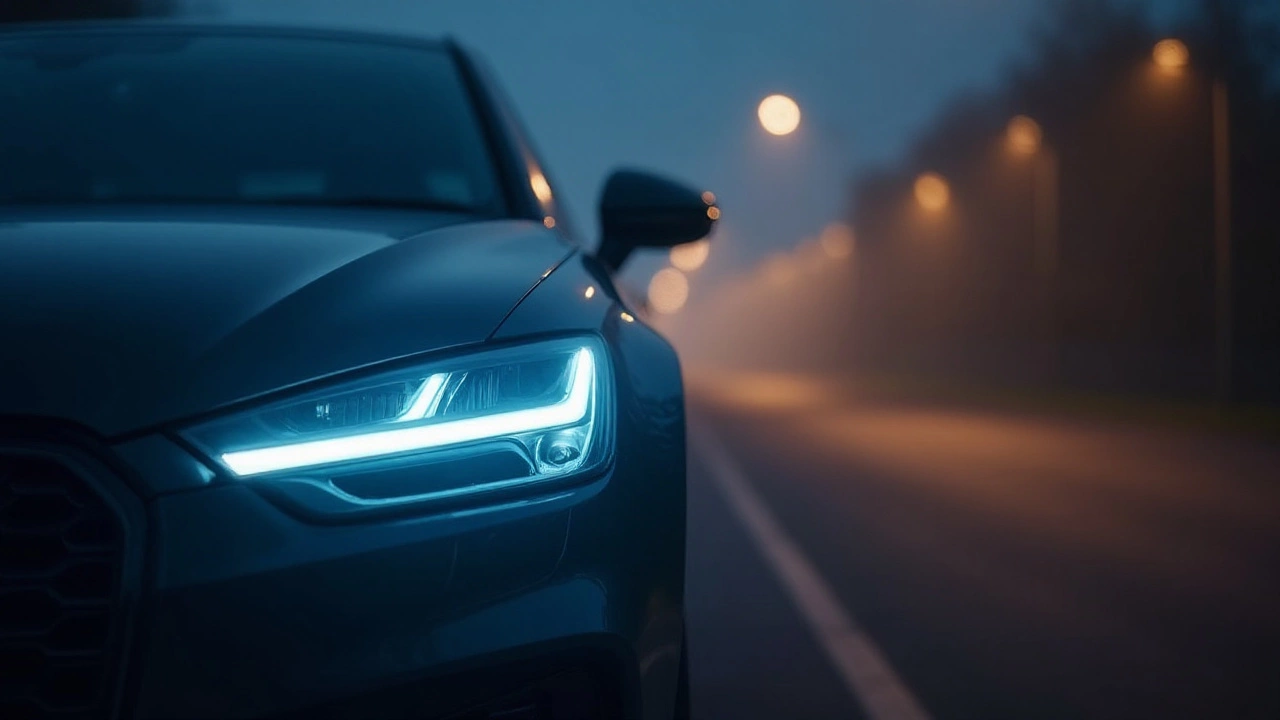Brightest Legal Bulbs for Your Car – What You Need to Know
When you want your ride to shine without getting a ticket, picking the right bulbs is key. The best legal bulbs give you extra light, improve safety, and keep you on the right side of the law. Below you’ll get quick facts, real‑world tips, and the top options that work in the UK.
Legal limits and why they matter
In the UK, the law says headlamps must not blind other drivers and must meet specific brightness (luminous flux) and colour standards. Anything that exceeds the approved wattage or emits a colour outside the white‑to‑yellow range can get you a fine. The DVSA tests headlights for glare, so a bulb that’s too bright or the wrong hue can be deemed illegal even if it fits your socket.
Top legal options that give max light
Most drivers stick with halogen, LED or HID bulbs. Halogen bulbs are cheap and legal as long as you stay within the original wattage (usually 55W for low beam, 60W for high). Modern LED replacements are popular because they’re bright, energy‑efficient, and usually certified to meet ECE regulations. Look for LED bulbs labeled “ECE‑R100” – they’re tested for legal use.
HID (Xenon) kits can be powerful, but you need a full conversion kit that includes a ballast and proper housing. If the kit isn’t ECE‑approved, it’s illegal, even if the bulb itself is bright. Stick to kits with the E-mark to avoid trouble.
Another safe bet is the “LP‑B4” LED series, which offers up to 400 lumens per bulb while staying under the legal glare limit. These are especially good for older cars where the stock housing doesn’t focus light well.
Before you buy, check the bulb’s compliance code on the packaging. If you see “ECE‑R112” or “E‑Mark”, you’re good to go. If the label is missing, assume it’s not legal for road use.
Installation tips you can do yourself
Swapping bulbs is usually a simple plug‑and‑play job. Disconnect the battery, locate the headlamp housing, twist off the cover, and pull the old bulb out. For LED or HID kits, you may need to tap the new bulb into the socket and secure any brackets. Make sure the bulb sits flush – a tilted bulb creates hotspots that can blind other drivers.
After installation, test both low and high beams from a distance of 25 metres. The beam should be even and not dip to one side. If you notice a glare hotspot, reposition the bulb or adjust the headlamp aim using the factory screws on the housing.
Finally, keep the lenses clean. Dirt and UV damage can scatter light, making any legal bulb look dimmer. A quick wipe with a mild glass cleaner every few weeks keeps the beam sharp.
Choosing the brightest legal bulbs doesn’t have to be a gamble. Stick to E‑marked LEDs or approved HID kits, respect the wattage limits, and aim the lights correctly. You’ll get better night visibility, stay road‑safe, and avoid a costly ticket.
Delving into the world of automobile lighting, this article explores the options for the brightest legal headlight bulbs available on the market today. Learn about different types of LED headlights, their benefits, limitations, and how they compare to other lighting technologies. Discover insider tips on choosing the right bulb for optimal visibility without crossing legal boundaries. Stay informed about the regulations governing headlight brightness to enhance your driving experience safely.

